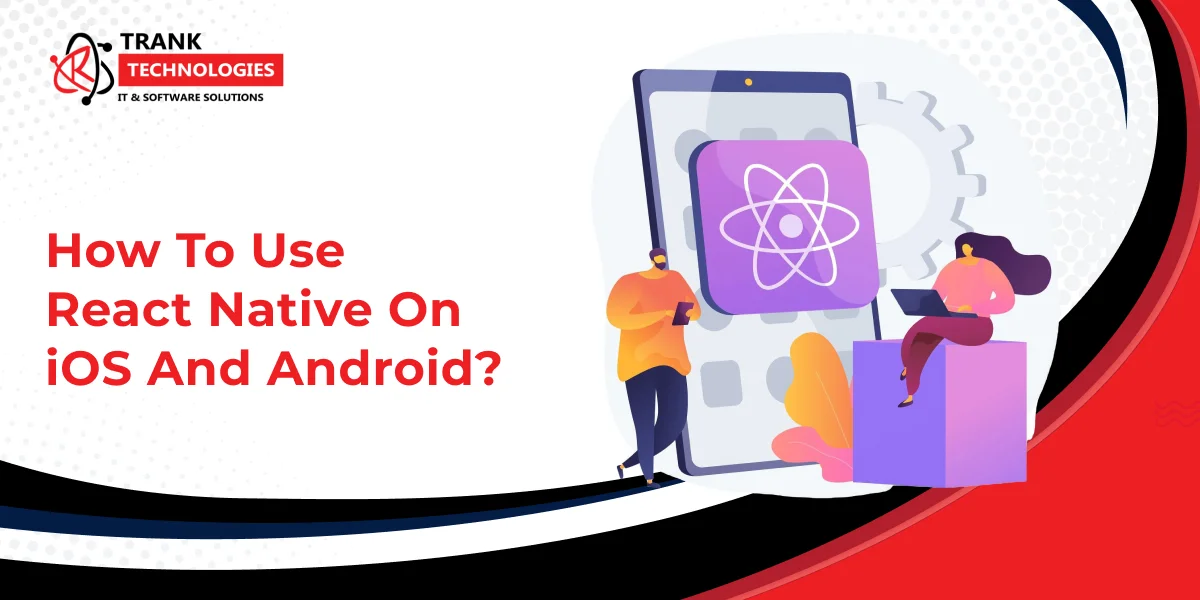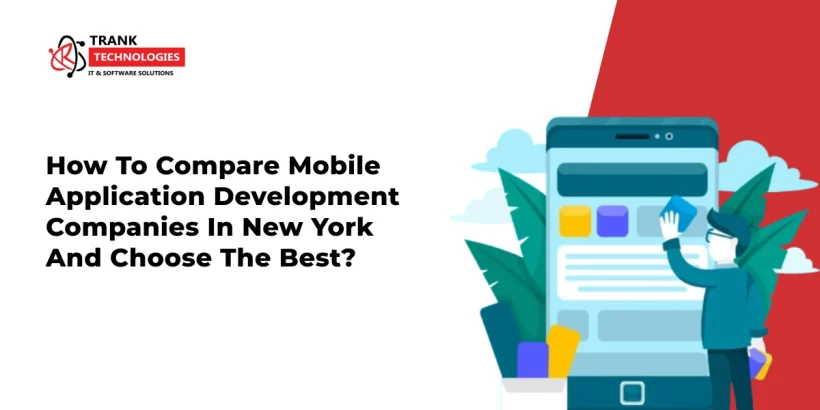
How To Use React Native On iOS And Android?
Mobile app development has been increasing for almost a couple of decades. Many frameworks made it possible, including the React Native framework, also known as the RN framework. According to statistics, partnering with an Android app development company is not just active but booming. Over 34 thousand apps use React Native, with 42 billion (maybe beyond) downloads worldwide.
You may be confused between react and react native. This comprehensive guide will teach you the fundamental difference between them (react & react native) and potential instructions for using react native on iOS and Android applications.
What Is React Native?
React Native is an open-source framework for building comprehensive mobile applications that leverage the app platform’s native capabilities. It entirely relies on Javascript. Most well-known apps use react Native technology, including Uber Eats, Discord, Wix, Pinterest, Facebook, Instagram, Skype, etc.
Understanding The Rise Of React Native For App Development
React Native is a framework developed by the same community that gave us the React library. This library has extended capabilities for mobile app development, enabling developers to use similar syntax and structure to create mobile apps for iOS and Android platforms. This is how we can see the convert react to react native.
Difference Between React & React Native
Both React and React Native have similar principles. However, significant differences exist. React Native components render mobile apps’ UI, while React components render to the browser’s DOM. Understanding these differences is substantial for developers looking to convert React to React Native.
Pros & Cons Of React Native Technology
Now that you know about react native technology and the potential difference between a React and React native-based app, it’s time to consider some of the pros and cons associated with the react native concept.
Pros –
- The most significant benefit of react native is the speed of delivery.
- The availability of libraries allows them to improve the application-building process.
- Accompanying delivery of apps for two different platforms, IOS and Android.
- Many React native developers and the best app development company in USA are available in the marketplace.
- From the developer’s point of view, it is pretty easy to convert react to react native.
Cons
- Sometimes, there are better solutions for massive projects.
- May functions poorly when displaying views.
- Lack of custom modules
- Upgrading issues.
Also Read: How To Pick The Right App Development Company In New York?
How To Convert Native Android And iOS Apps To React Native?
The React Native framework is written in Javascript, Java, Objective C, Objective C ++, Python, and C ++. It performs as an umbrella option for cross-platform application development and is also known to convert native Android and iOS apps to React Native.
All that building a React native app requires is writing code within the framework. But if you want to create two app versions for Android and iOS. Choosing to code in react native or considering adding a single view to your existing native app is considerable. Check the step-by-step guide to learn the process.
Step 1 – For those looking to convert React to React Native or Android and iOS apps using React Native, the first step is to add a splash screen with an app icon.
Step 2 – Now, you need to install all the required libraries. After that, you can command it as a react native-based Android.
Step 3 – The next step is configuring authentication for the React native-based iOS app.
Step 4 – Nor try to run your application in the iPhone operating system simulator.
Step 5 – After that, adjust the style of your application.
Step 6 – Don’t forget to set the icon and display name before running on the device.
Step 7 – Now, submit your application to the Apple App Store.
Likewise, people can choose to use their typical React Native application. First, it is essential to find an expert in this particular field. After this, you can enable auto-linking of configured permissions and native modules. Remember that text traffic needs to be cleaned up before integrating code. Finally, test integration and build your app in Android Studio.
Note – Users can also build a typical React native application. You can migrate the React native-based Android app to iOS and so on. Before launching the app on the Apple App Store or Google Play Store, it is advisable to consult an experienced app development company in the USA before proceeding with your app ideas and app conversion.
Conclusion
Suppose you are considering adopting React Native technology for application development or need to integrate something and build one application for Android and iOS simultaneously. In that case, React Native is continually being updated, and the community around it is growing daily. Hence, taking help from a reputed app development company in USA is recommended so that they can integrate iOS and Android apps with react native without losing their performance.







